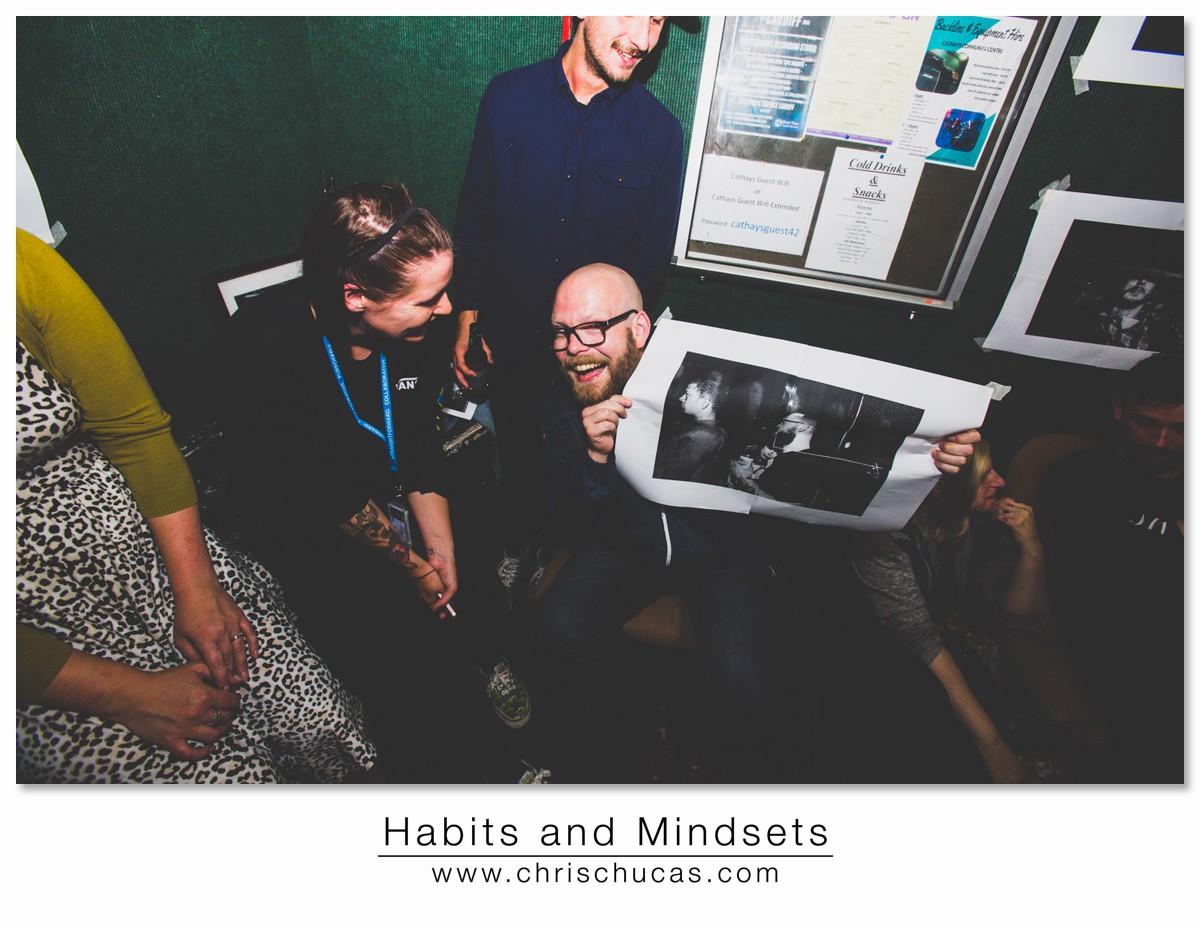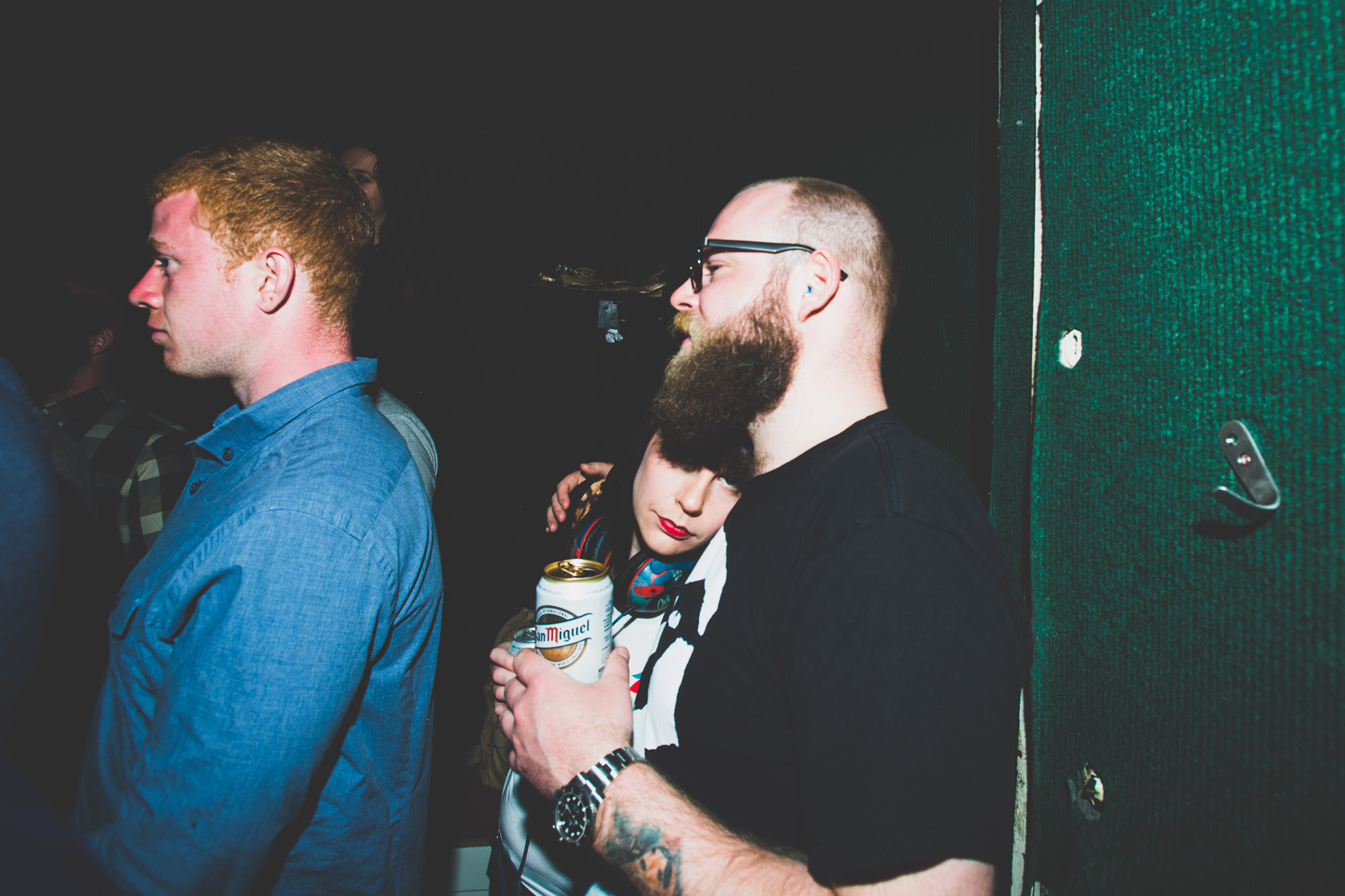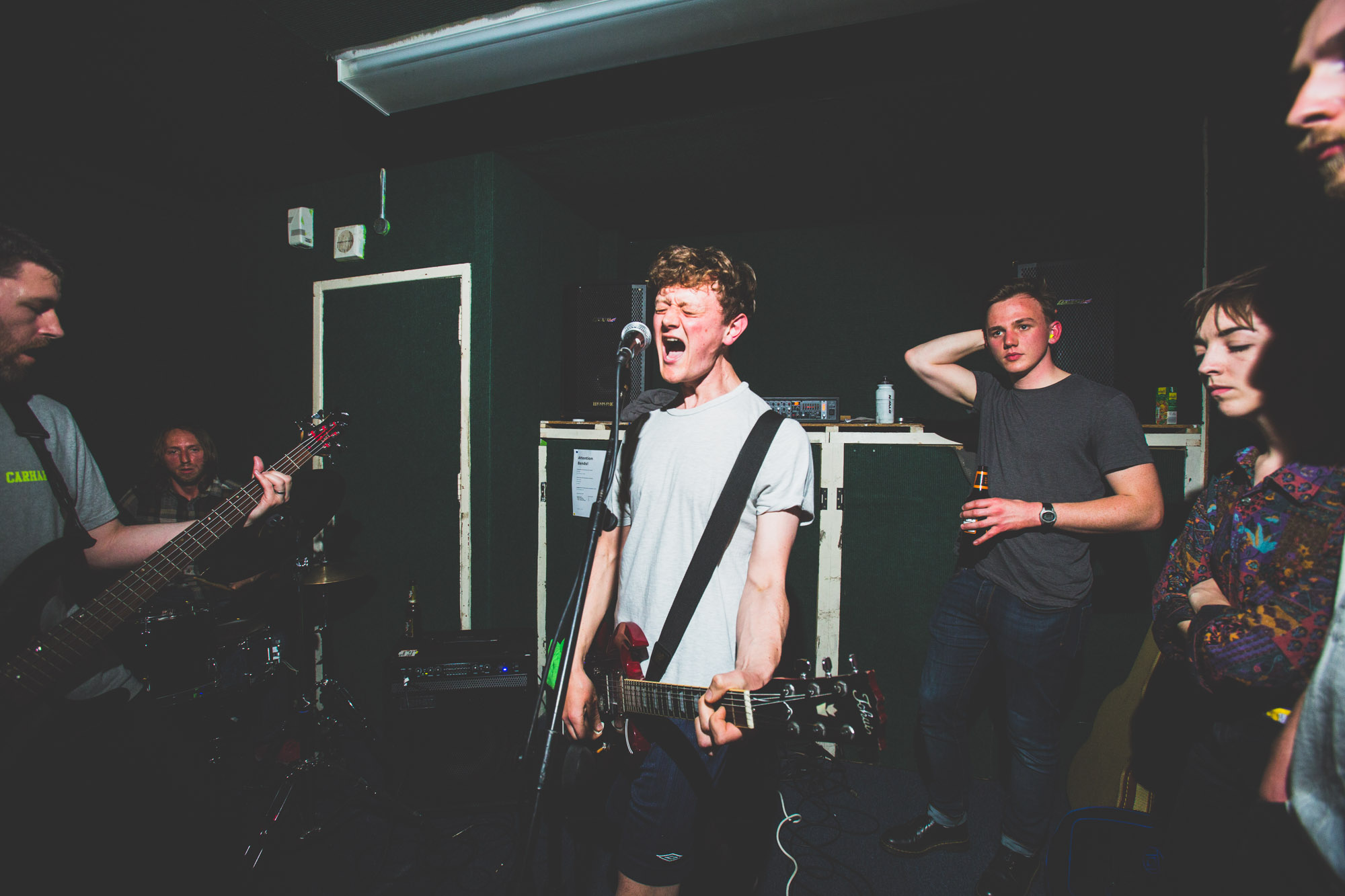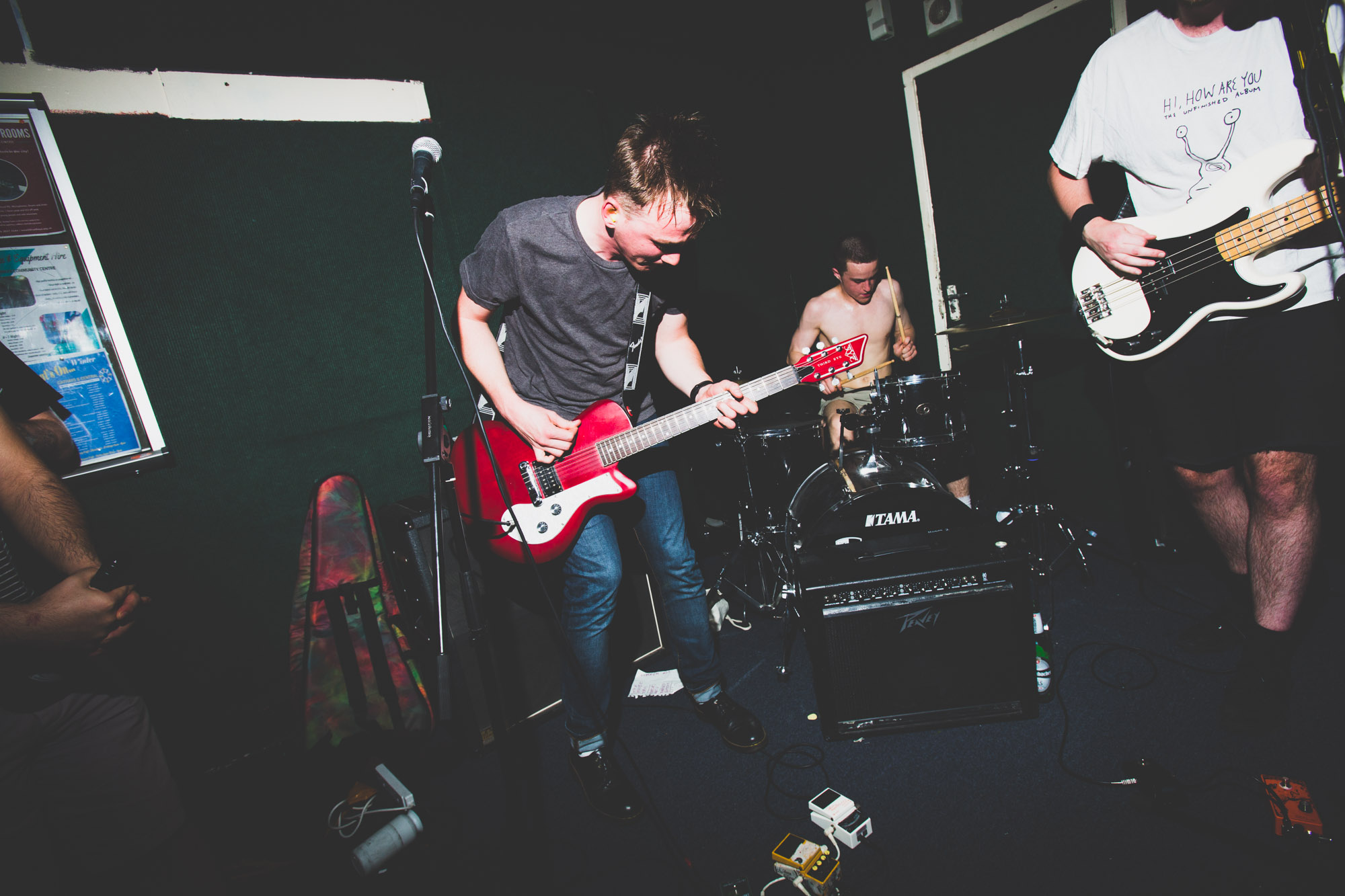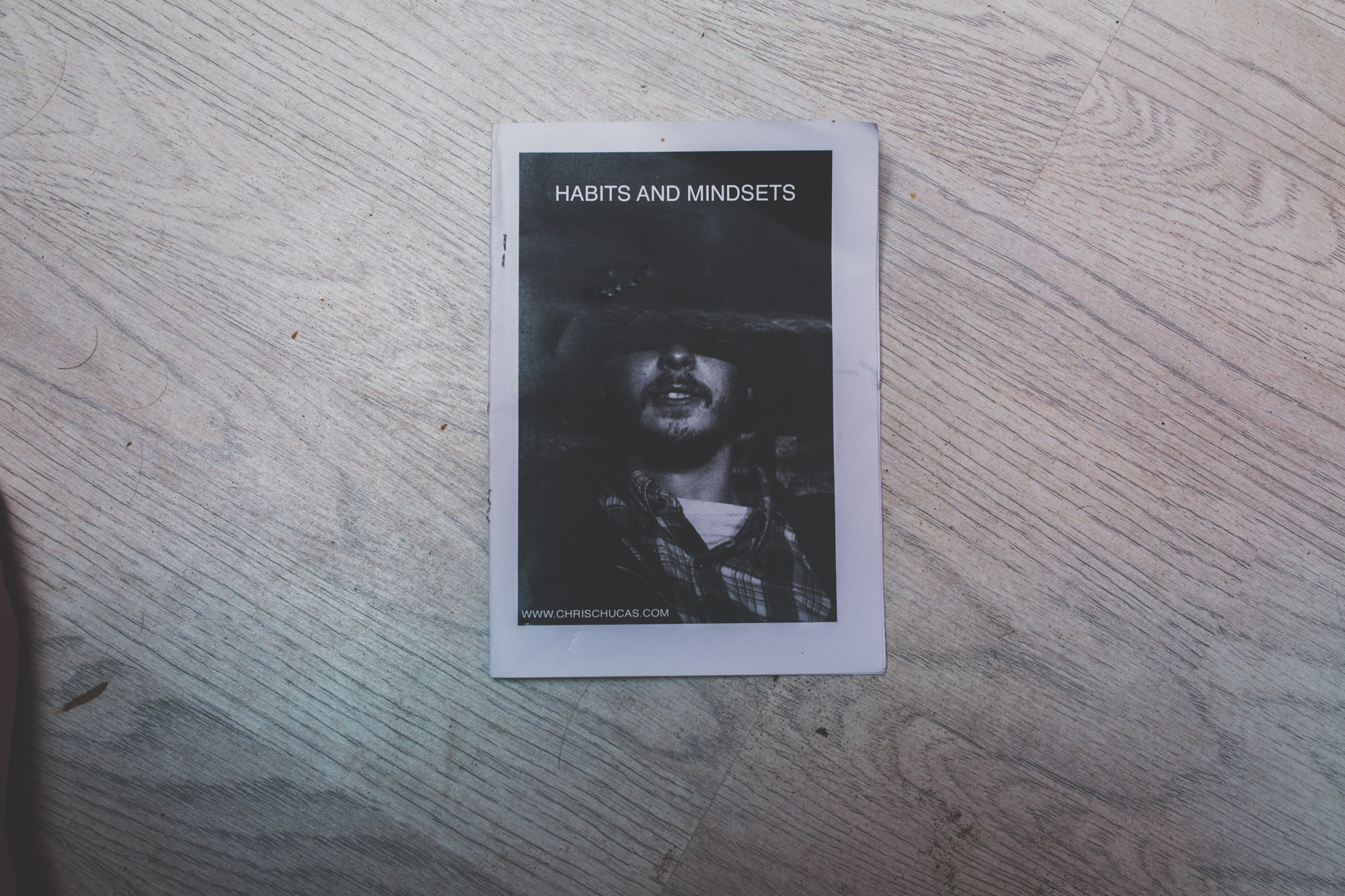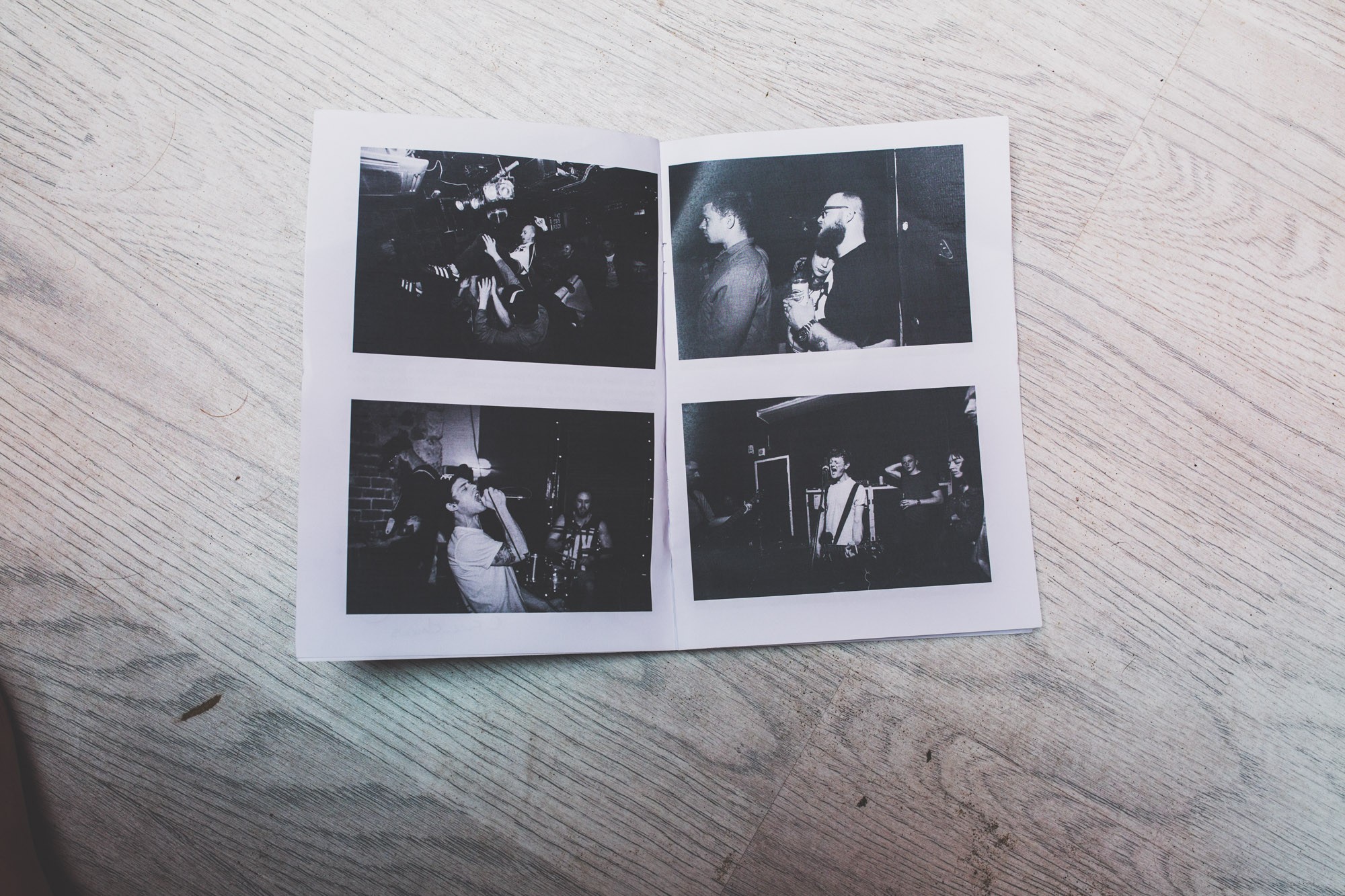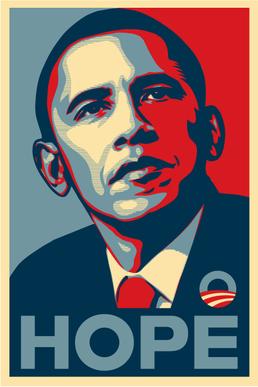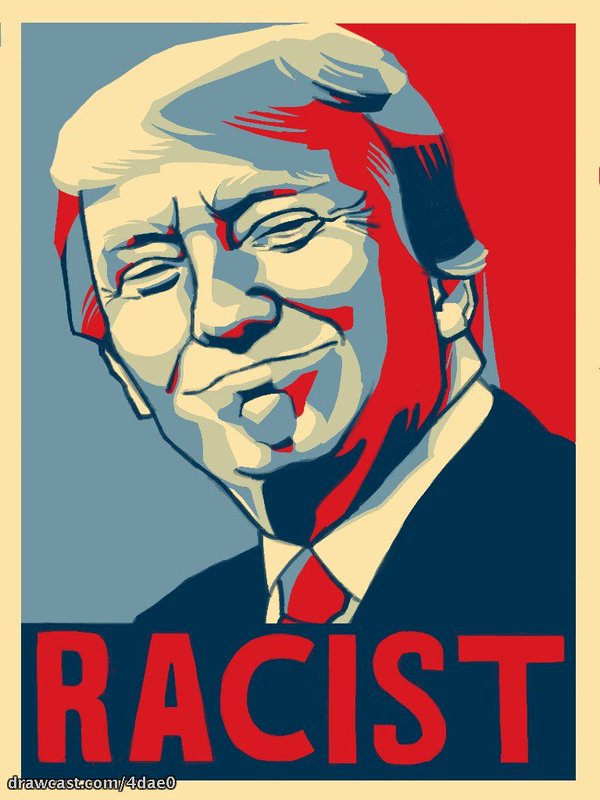Getting feedback
I was really interested in finding out what people thought about the exhibition and the zine. The feedback I had in person on the night was positive but I wanted to reach out and get some feedback from people in a more distant way, perhaps it can be more truthful. I designed a google form to be filled out and shred the link to it on my facebok page and messaged it to friends that went. I had a few responses and in genral that fall into the same feelings I have.

Looking back over the Surfaces and Strategies module this term I've had some time to reflect upon these ways of engaging with the audience. I defiantly feel that these factors should be addressed on a project by project basis. In this project I have identified that I'm documentation the punk rock community as a member of it. So when thinking about who this project is for I've identified my audience as members of the community themselves. This was a major consideration when deciding on where and how to present the work. You can see more about that in my previous post here.
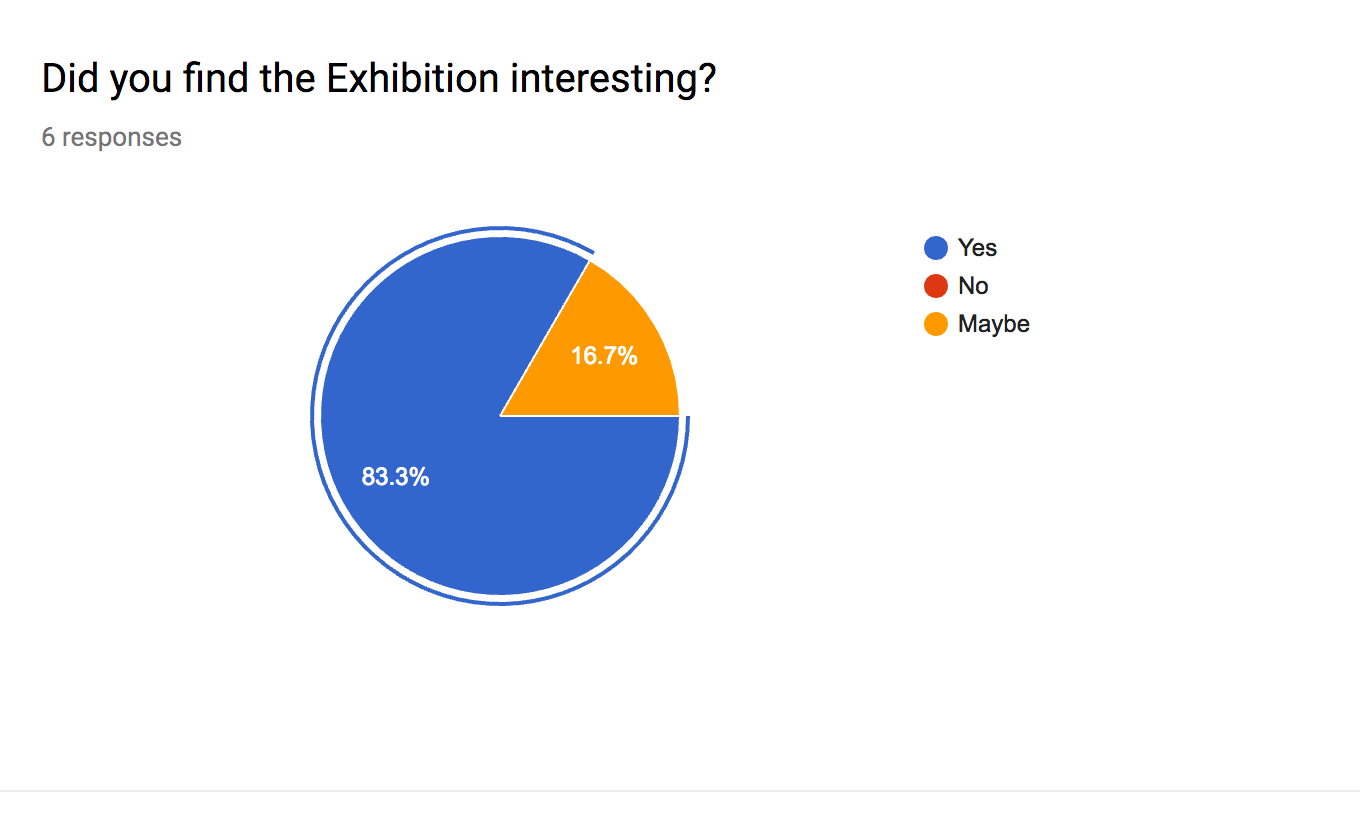
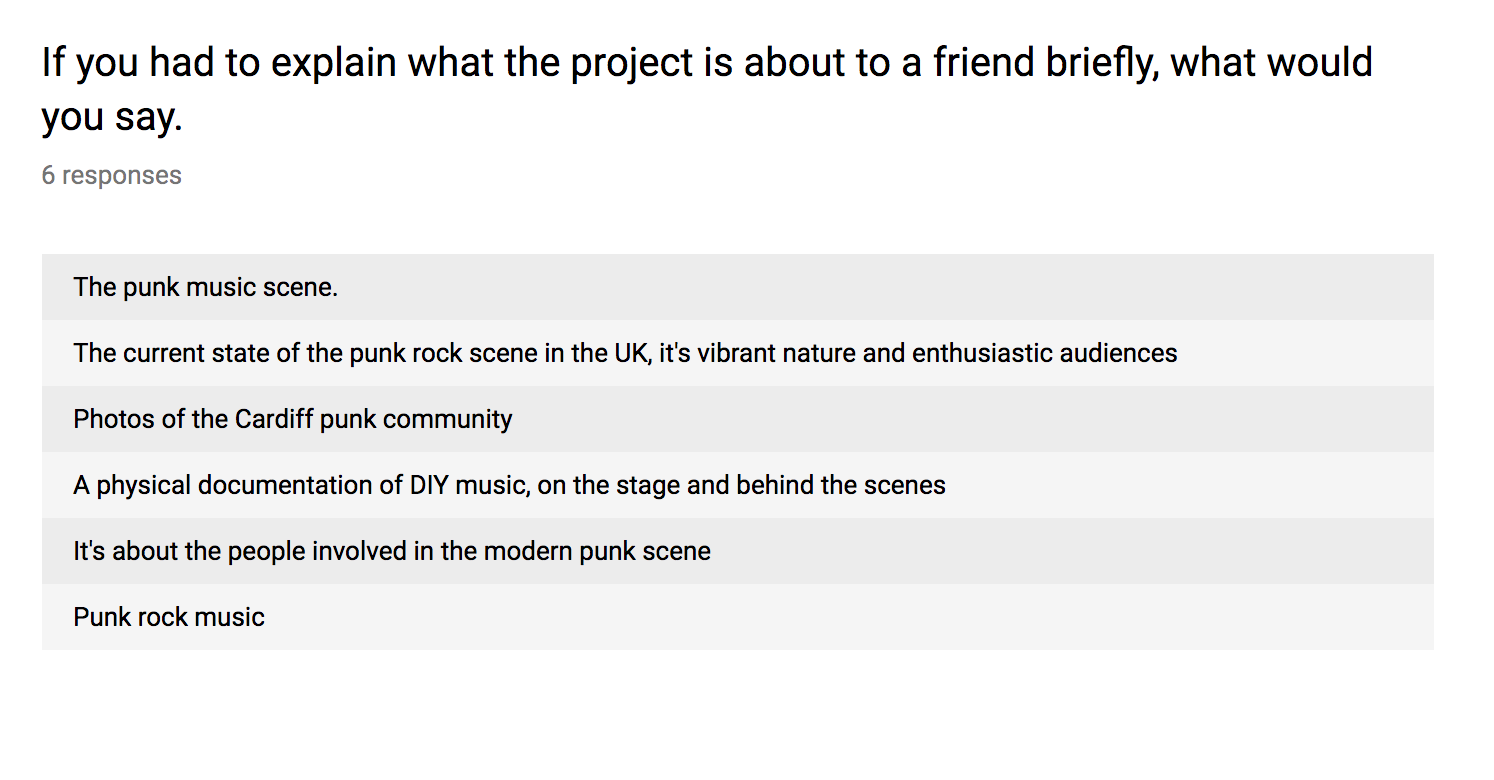
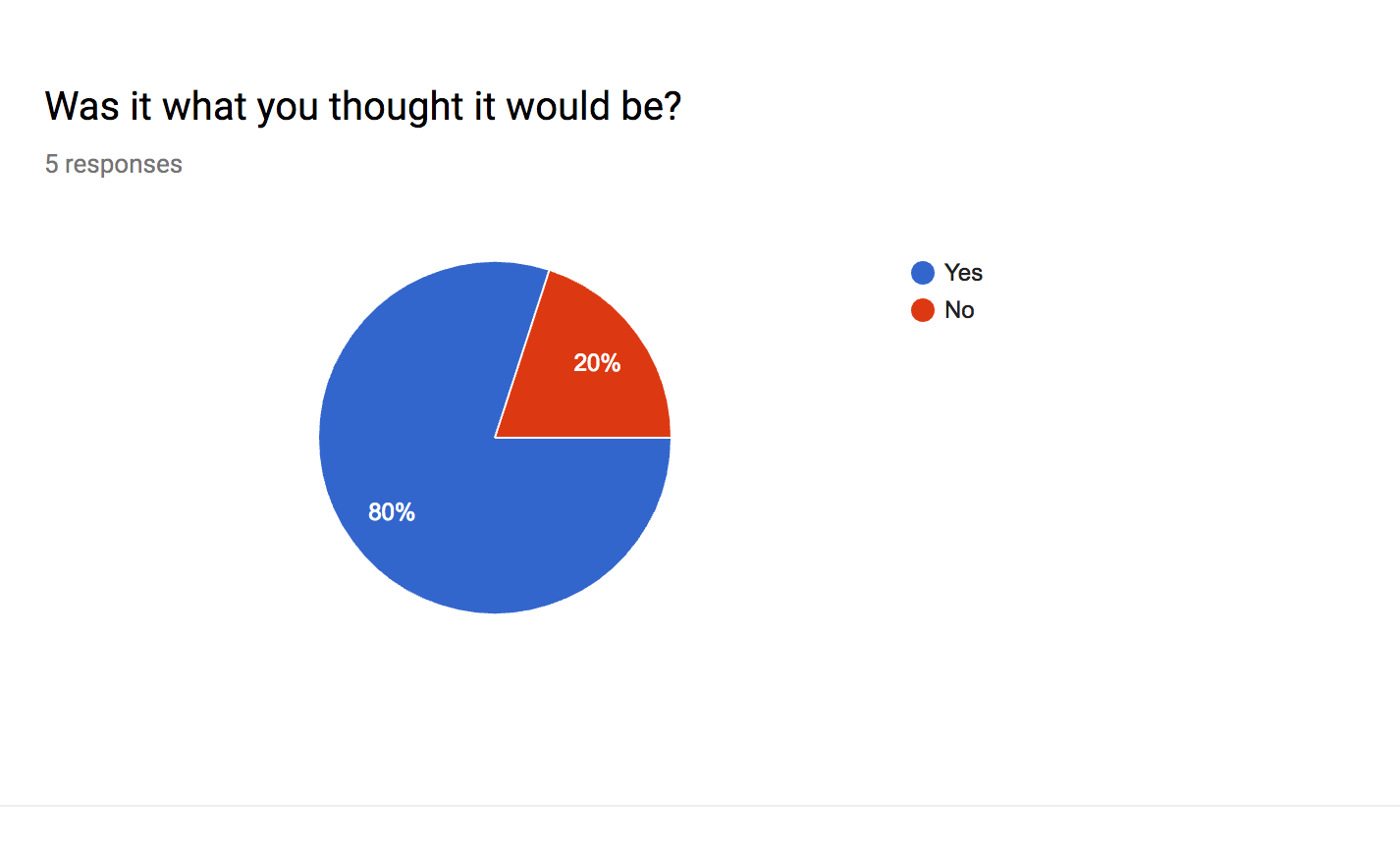
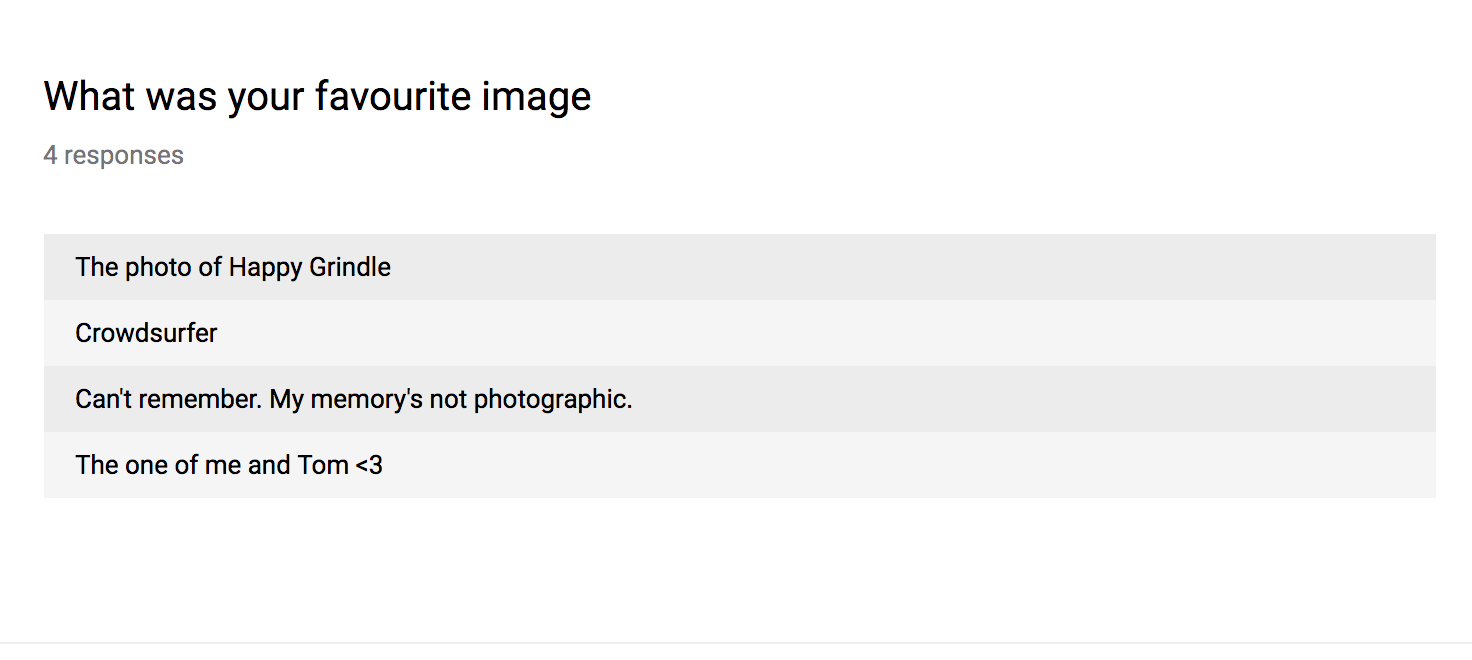

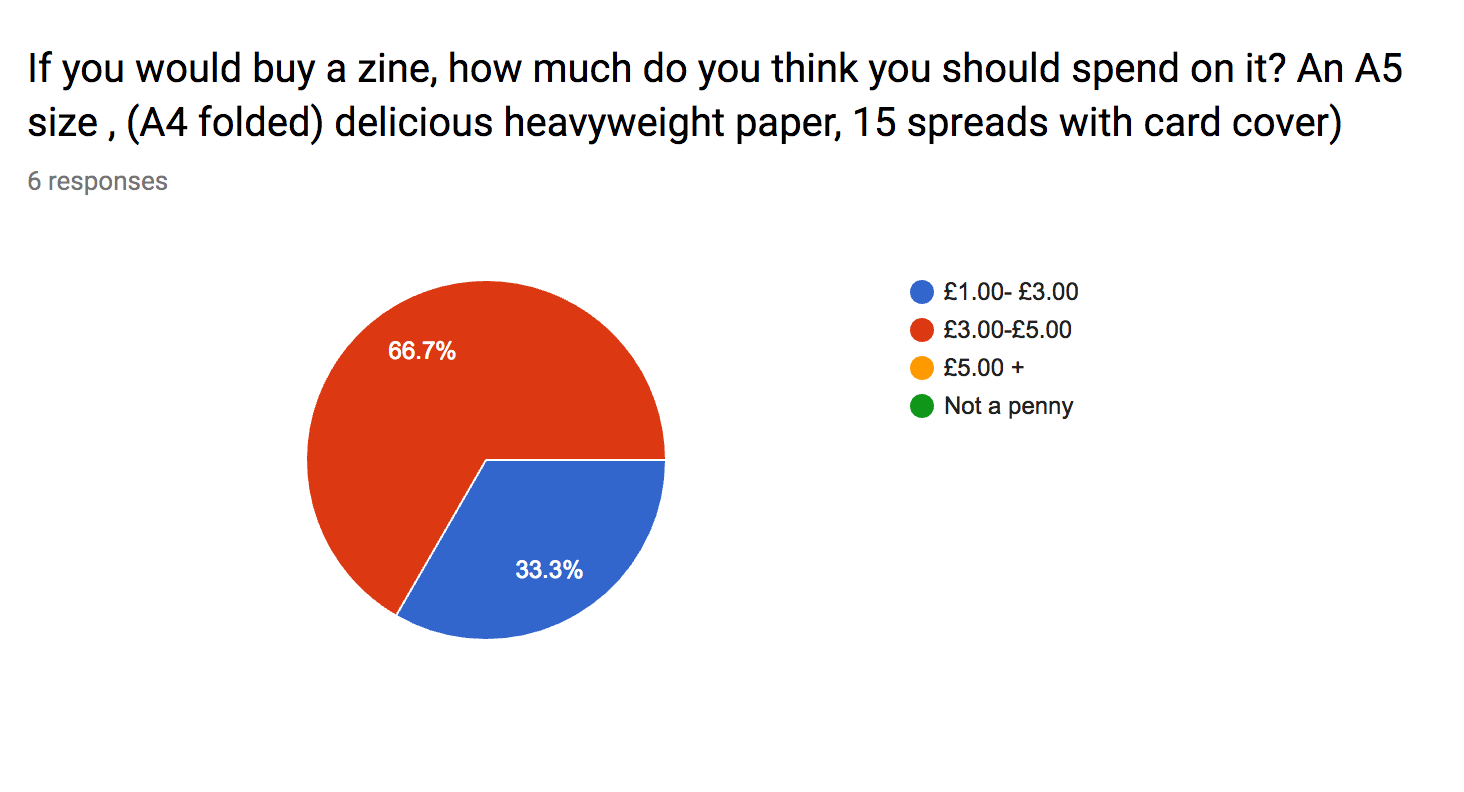
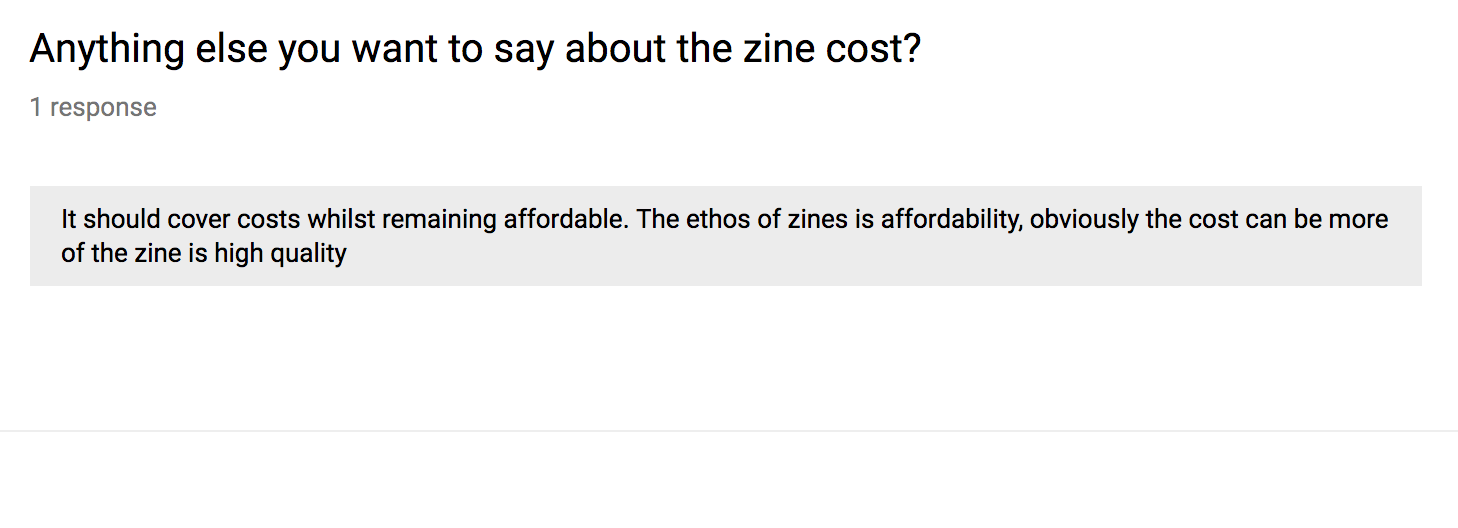
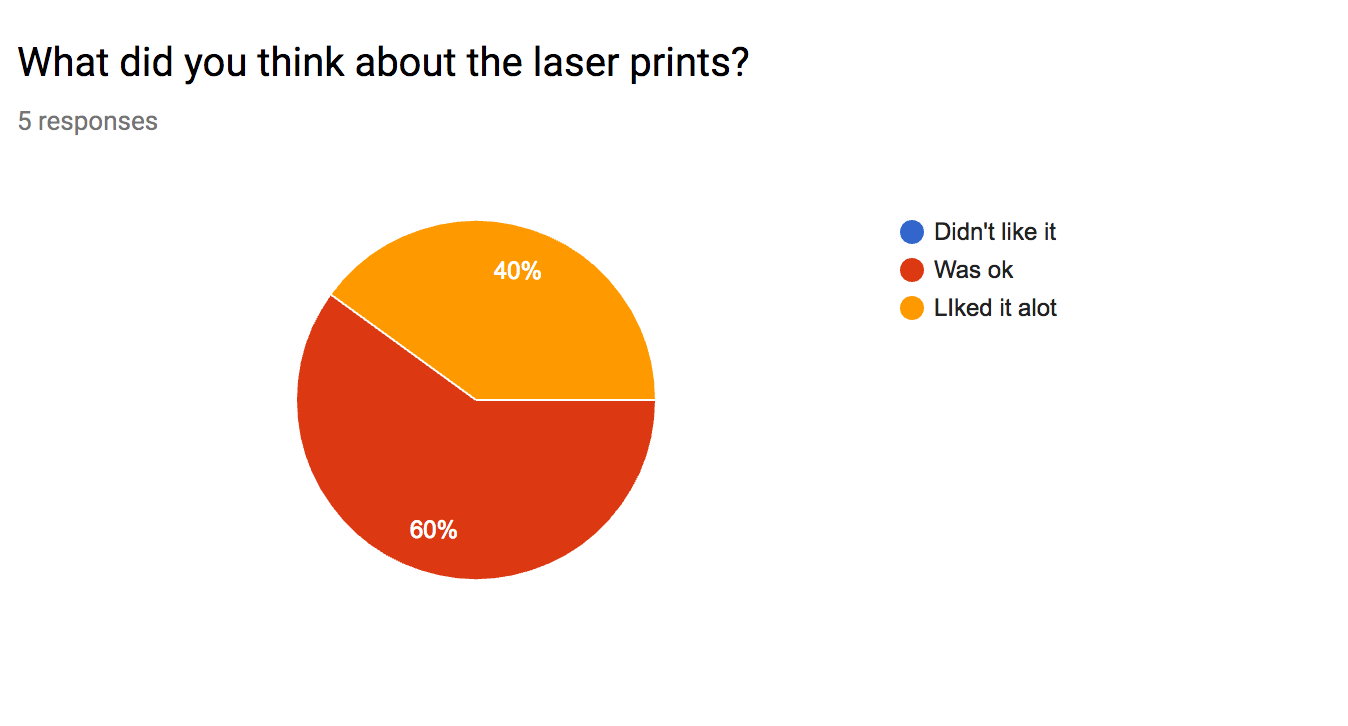
I would consider the feedback a good indication that what i'm setting out to do is working. I think I'll continue to make zines however I might look into printing them in a better format. The toner cartridges at home weren't as cost effective as I wanted and I have heard good things about a company called https://mixam.co.uk/zines .
I really want to focus on reaching a wider audience and using the zines as a way of doing that. An additional thought was to run a promotion or some kind of sharable link on the facebook page to help reach more people. Aside from that I can't really think of anything else to mention about this module that I haven't already.
Some links to previous thoughts and considerations...

After producing the show getting the zine and shop up and running and speaking to everyone about the work I reached out and got some peer reviews from other professionals. I was really happy that I had the people offer there thoughts. I made a page with a video of me explaining the ideas I have, examples of the work and a button to get in touch that link is here - https://www.chrischucas.com/prock
Spencer Murphy
Aled Hughes
Derek Rigers
Notes from Al Overdrive.
The way in which I produced images hasn’t drastically changed, that’s not to say that I have not developed ideas or creative strategies, but the actual equipment and processing has been largely similar.
In this post I explain my choices and show my workflow.
I use digital camera’s for a few reasons.
They are fast and provide feedback which speeds up production
Economical, they eliminate film processing fees as well as travel and time doing so.
I feel like I can get the desired look out of the equipment I’m using much better than using other cameras that I am not as proficient in.
It’s been a few weeks after the exhibition and I’m finding it really hard to sell any of these zines. I just think the project needs to be promoted a bit more. I think I will print handfuls out and send them to record labels and shops to bundle in with certain orders. I’m thinking of it as a means of advertising to begin with. I’ll also keep plugging the zine in the podcasts that I am doing. I have just confirmed some really great female photographers that were involved with the 209 female politicians by female photographers project. I’m going to continue to reach out to other artists as well as music people to make the demographic as varied as possible. I don’t want it to become very targeted and niche I like the thought of having crossover and people being put onto different ideas and thoughts, bands and art.
I had planned to have a lot of time to workshop the curation of of images, after workshopping it with artist Aled Hughes I then went into the gallery to do a ‘soft hang’ I placed small test prints up in the place I wanted to place the large ones. I check using a spare frame I had for space and placements and I was fairly happy with the layout. I did have to re arrange 2 images due to the flow of the space. I had anticipated it and planned it accordingly but even so when they went up in the soft hang they were'n’t right. So i fixed it. Lesson learned, always do a soft hang.
I reached out to Spencer Murphy and asked him if he would mind looking at the work and sharing a few thoughts on it. I was kindly surprised when I read the email back from him today.
After chatting with some peers in professional groups I was encouraged to submit to the New York Times portfolio review.
I want to try and get the work seen by as many people as possible and the portfolio review would be a great way to get feedback and develop as an artist.
I reached out to some peers on the professional groups I am part of to get some feedback on the latest work. Here is Derek Ridgers feedback. Before that, i wanted to include a little context into Derek’s practice.
















